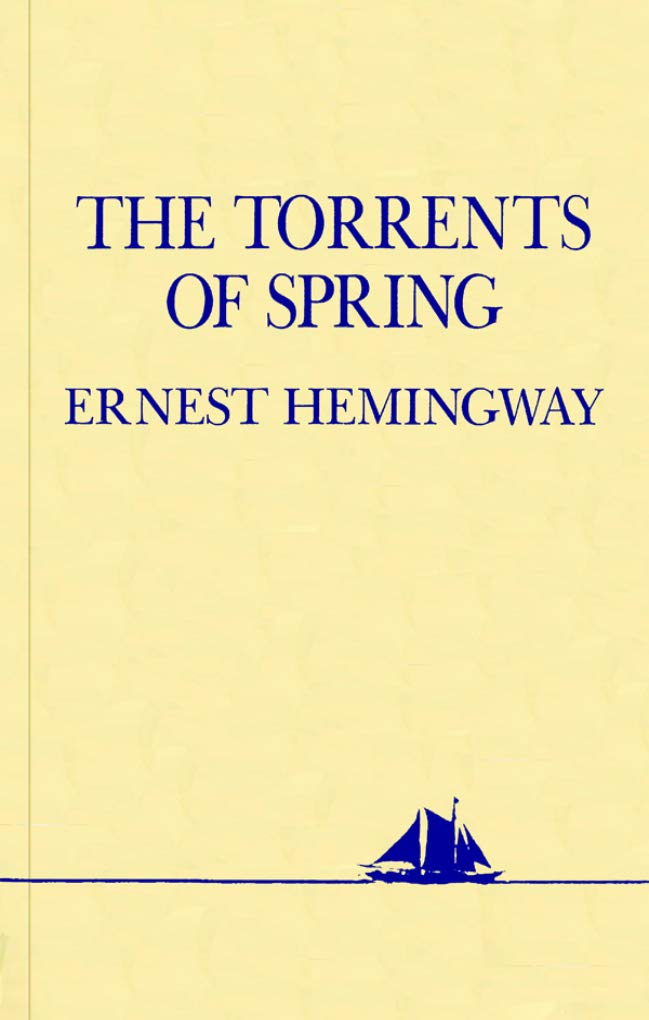What do you think?
Rate this book


Kindle Edition
First published January 1, 1926
Thirty-one years ago when I read 'The Torrents of Spring' and wrote an introduction to it, I thought it was screamingly funny. I do not think it so funny now. The reason is that the literary approach and style which Hemingway was parodying had imposed itself on us then and we were delighted to find it ridiculed. Now the joke needs explanation, so that it has lost its topical point.

Bruce Dudley stood near a window that was covered with flecks of paint and through which could be faintly seen, first a pile of empty boxes, then a more or less littered factory yard running down to a steep bluff, and beyond the brown waters of the Ohio River. - opening sentence of Dark Laughter (1925) by Sherwood Anderson.
Yogi Johnson stood looking out of the window of a big pump-factory in Michigan. Spring would soon be here. Could it be that what this writing fellow Hutchinson* had said, “If winter comes can spring be far behind?**” would be true again this year? - opening sentences of "The Torrents of Spring" (1926) by Ernest Hemingway.

"It was no use trying to capture what was gone. What had fled."